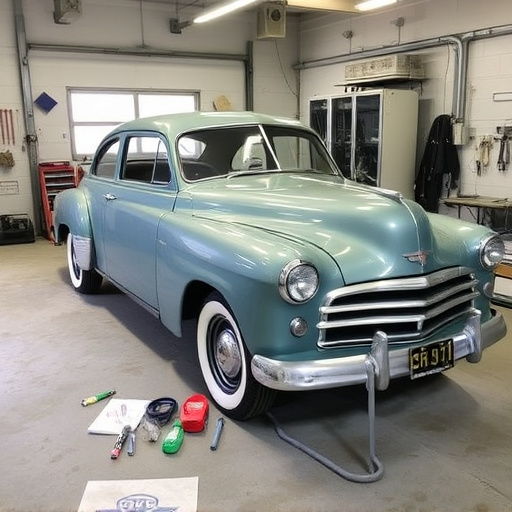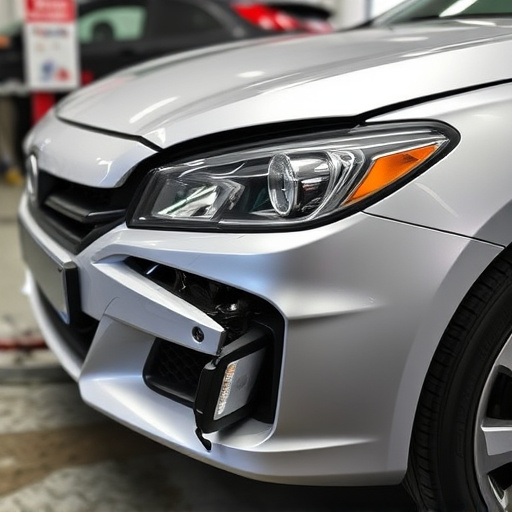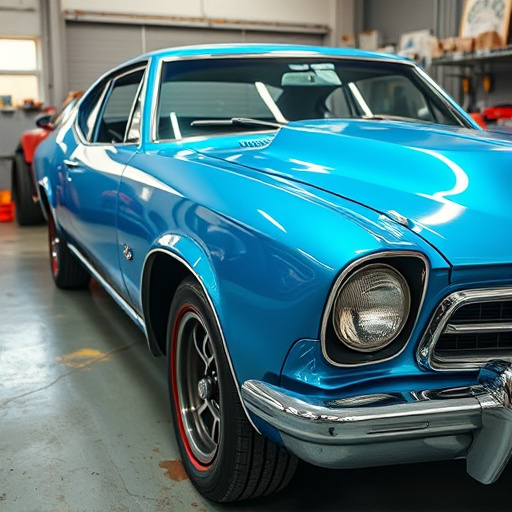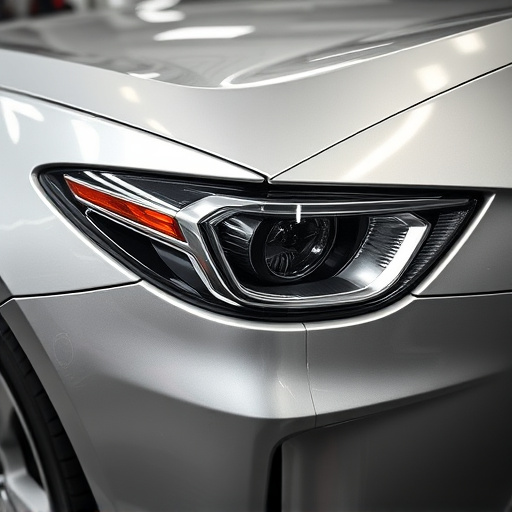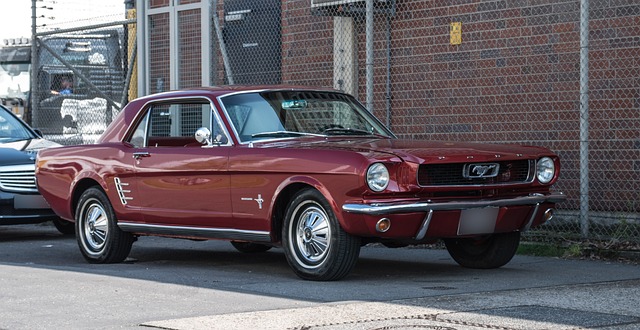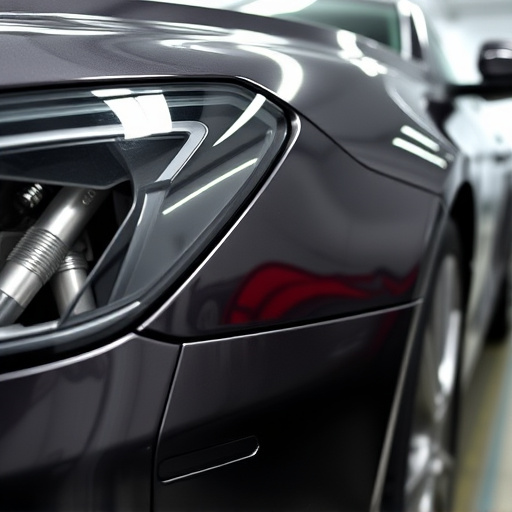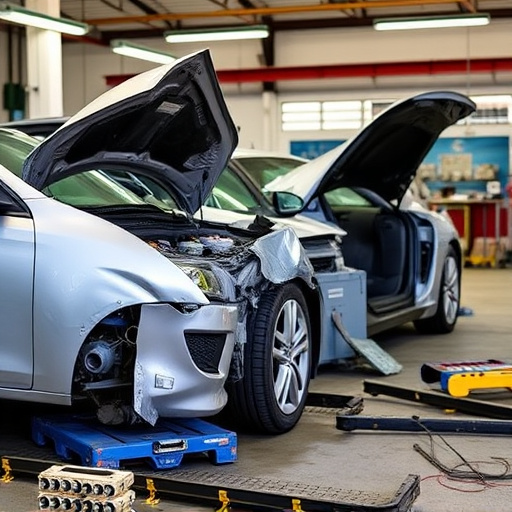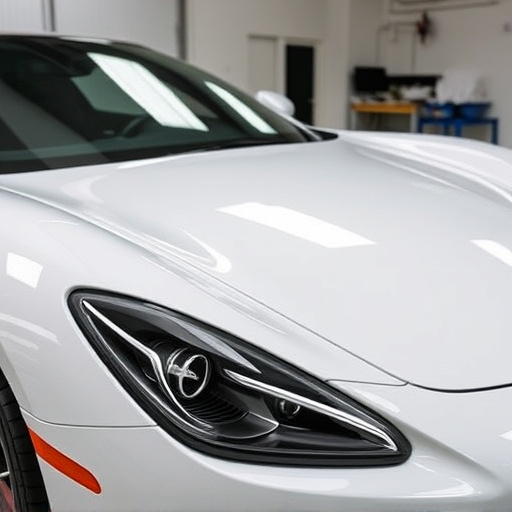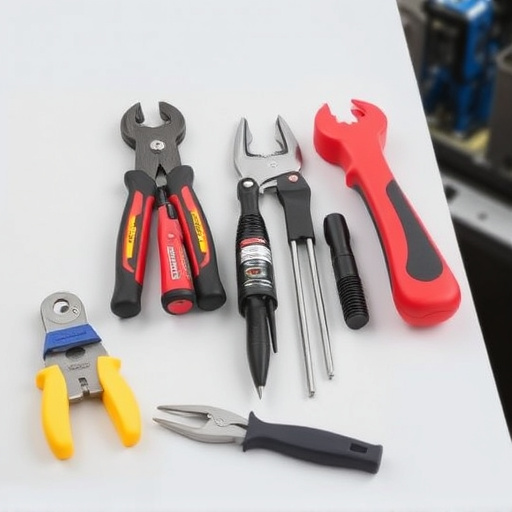Auto body moldings, crafted from diverse materials like plastics, composites, steel, and aluminum, enhance vehicles' aesthetics and functionality. They range from simple to intricate designs, offering customization opportunities while protecting bodywork. Strategically placed moldings can improve aerodynamics, facilitate scratch repair, and require meticulous installation blending artistry with precision, often necessitating car paint repair techniques for a seamless fit.
Auto body moldings are more than just aesthetic additions; they’re versatile components that transform custom and performance vehicles into works of art. This article delves into the world of auto body moldings, exploring their role in enhancing both visual appeal and vehicle functionality. We’ll uncover the diverse materials and design possibilities, demonstrate how these components drive customization and performance, and provide expert tips for a seamless installation process, ensuring your ride stands out from the crowd.
- Understanding Auto Body Moldings: Materials and Designs
- Customization and Performance Enhancement with Moldings
- Installation Process: Tips for Achieving a Perfect Fit
Understanding Auto Body Moldings: Materials and Designs
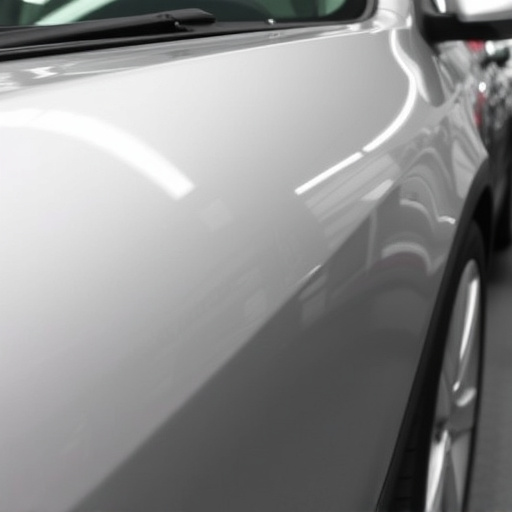
Auto body moldings are an integral part of both custom and performance vehicle builds, adding aesthetic appeal and functionality to a car’s bodywork. These components come in various materials, from durable plastics and composites to more traditional metals like steel and aluminum. The choice of material greatly influences the final look, weight, and cost of the molding. Each material offers unique advantages; for instance, plastic and composite moldings are lightweight and easy to shape, making them ideal for custom designs. In contrast, metal moldings provide strength and a classic aesthetic, often preferred in performance vehicles for their ability to withstand higher stresses.
Designs range from simple, sleek profiles to intricate, dramatic shapes, catering to diverse styling preferences. Auto body moldings can be tailored to enhance specific vehicle features, such as fenders, door sills, or hoods, creating a seamless and cohesive look. Custom vehicle owners often work closely with vehicle body shops to design unique moldings that reflect their personal style. These moldings not only improve the visual appeal of a car but also play a role in protecting the underlying bodywork, especially during high-performance driving conditions, making them an essential component for any serious car enthusiast or vehicle paint repair specialist.
Customization and Performance Enhancement with Moldings
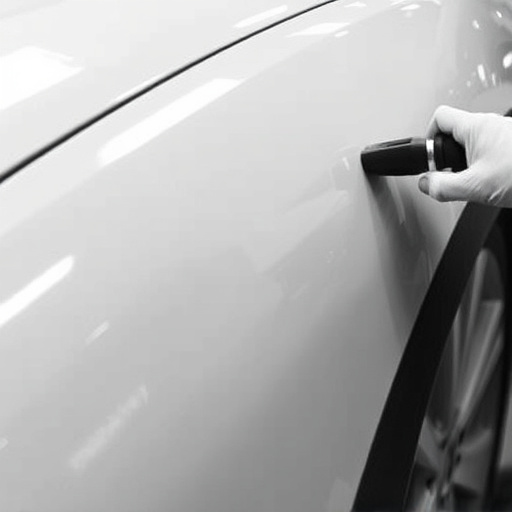
Auto body moldings offer a unique opportunity for customization and performance enhancement for both custom and high-performance vehicles. These decorative and functional elements can transform a car’s exterior, adding a personal touch while also improving its overall aesthetic appeal. Moldings come in various designs, from sleek and subtle to bold and dramatic, allowing owners to express their style and individuality.
In the realm of performance, auto body moldings play a crucial role in enhancing a vehicle’s aerodynamics. By carefully designing and strategically placing these components, car repair shops and vehicle body shops can reduce drag, improve air flow, and even increase downforce, resulting in better handling and faster speeds. Moreover, scratch repair using moldings can help restore a vehicle’s original look, ensuring it stands out not only in terms of style but also in its flawless finish.
Installation Process: Tips for Achieving a Perfect Fit
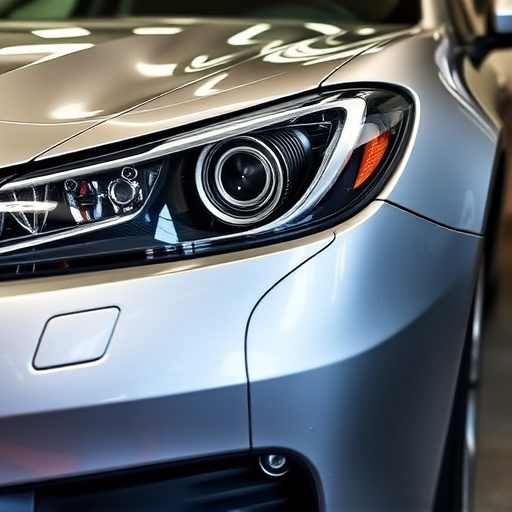
The installation process of auto body moldings is an art that requires precision and patience to achieve a perfect fit, especially for custom or performance vehicles where aesthetics meet functionality. Before beginning, ensure all necessary tools and replacement parts are on hand, including any specific hardware required for your vehicle model. Cleanliness is key; thoroughly wash and degrease the car’s surface to prevent contaminants from affecting adhesion.
When installing auto body moldings, start by aligning them carefully with existing panels, using a level and marker to ensure straight lines and precise positioning. Secure temporary brackets at intervals along the molding’s length for added stability while applying adhesive or fastening mechanisms. For seamless results, pay close attention to corners and edges, making adjustments as needed for a flush fit. Consider car paint repair techniques if any surfaces are damaged during installation, ensuring a smooth transition between moldings and the car bodywork.
Auto body moldings are not just about aesthetics; they play a crucial role in enhancing performance and customising vehicles. By understanding the materials, designs, and installation process, car enthusiasts can transform their rides into unique masterpieces. These moldings offer a versatile way to improve both the look and functionality of a vehicle, making them an essential consideration for anyone seeking to stand out on the road. Incorporating auto body moldings is a game-changer for custom and performance vehicles, allowing owners to create a personalised and distinctive style that reflects their unique taste and passion for automotive excellence.
